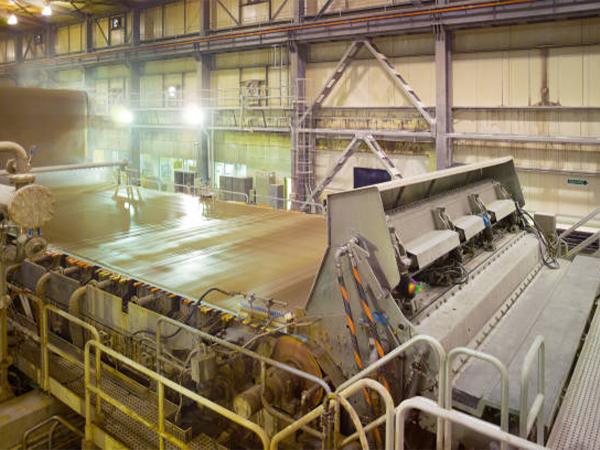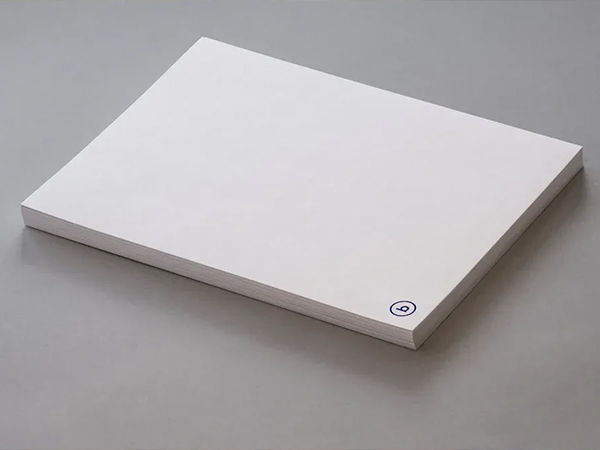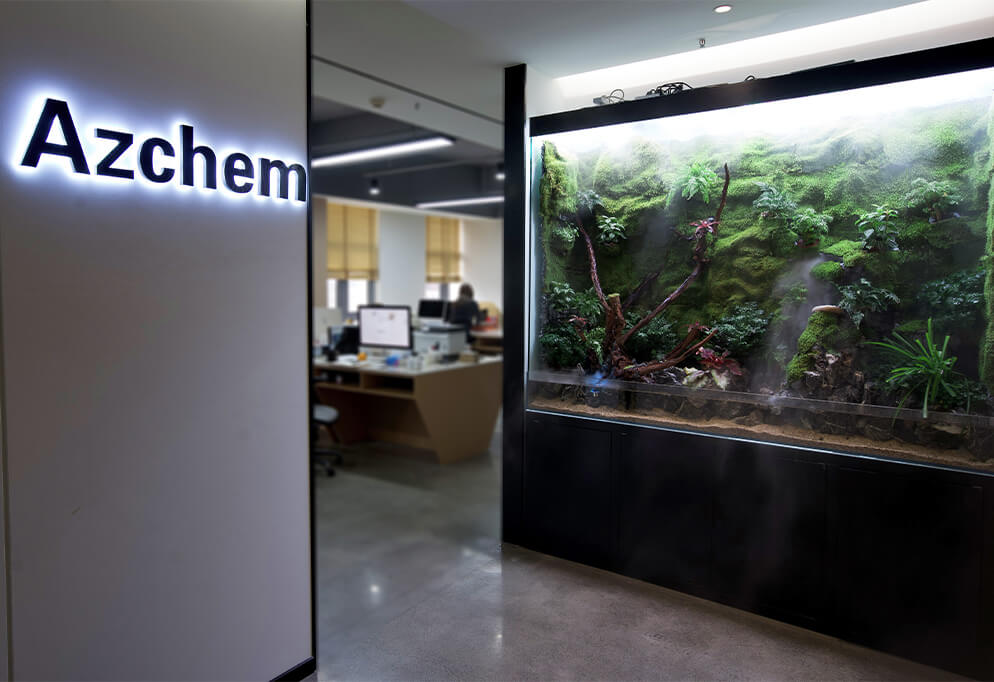Foam is a common challenge in many industrial processes, particularly in water-based systems such as papermaking, wastewater treatment, chemical manufacturing, and coating production. Uncontrolled foam can reduce production efficiency, cause overflow and product loss, and interfere with downstream operations. Choosing the right defoaming agent is crucial to maintaining process stability and product quality.
Among the most widely used defoamers are silicone-based and polyether-based types. Each has its own chemical composition, strengths, and application scenarios. This article will guide you through the key differences and help you decide which one best suits your process.
Key Differences Between Silicone and Polyether Defoamers
We’ve summarized the main differences between the two in the infographic below:
Composition & Compatibility
- Silicone Defoamers: Composed of polydimethylsiloxane (PDMS) and emulsifiers. Compatible with both aqueous and oily systems.
- Polyether Defoamers: Made from polyoxyethylene/polyoxypropylene block copolymers. Suitable only for water-based systems.
Performance Characteristics
- Silicone defoamers offer fast defoaming and long-lasting suppression, even under high shear and temperature.
- Polyether defoamers have strong anti-foaming ability but weaker instant defoaming. Ideal for preventive foam control.
Cost & Handling
- Polyether types are generally more cost-effective but less versatile.
- Silicone defoamers may be more expensive but provide higher efficiency at lower dosages.
Application Recommendations by Industry
Papermaking
- Wet-end foam control and white water circulation:
👉 Use Silicone Defoamer for fast-acting results
👉 Use Polyether Defoamer for long-term suppression
Water Treatment
- Choose silicone-based defoamers for strong resistance to chemical additives
- Use polyether-based defoamers in biological systems with low toxicity requirements
Chemical Processing & Adhesives
- In oily or solvent-rich systems, Silicone Defoamer ensures broader compatibility
- In pure aqueous adhesives or paints, Polyether Defoamer minimizes surface defects
Coatings, Inks, and Detergents
- For sensitive applications requiring low-residue and silicone-free performance, use Fatty Alcohol Defoamer
Final Thoughts
The right choice between silicone and polyether defoamers depends on the nature of your foaming system, compatibility with your ingredients, and the level of foam control required. For water-only systems where long-term stability matters, polyether is ideal. For demanding environments with varying pH and high heat, silicone offers superior performance. Fatty alcohol defoamers provide a balanced, eco-friendly alternative where silicone is restricted.
Need technical support choosing the best antifoam? Contact us today to learn more.






